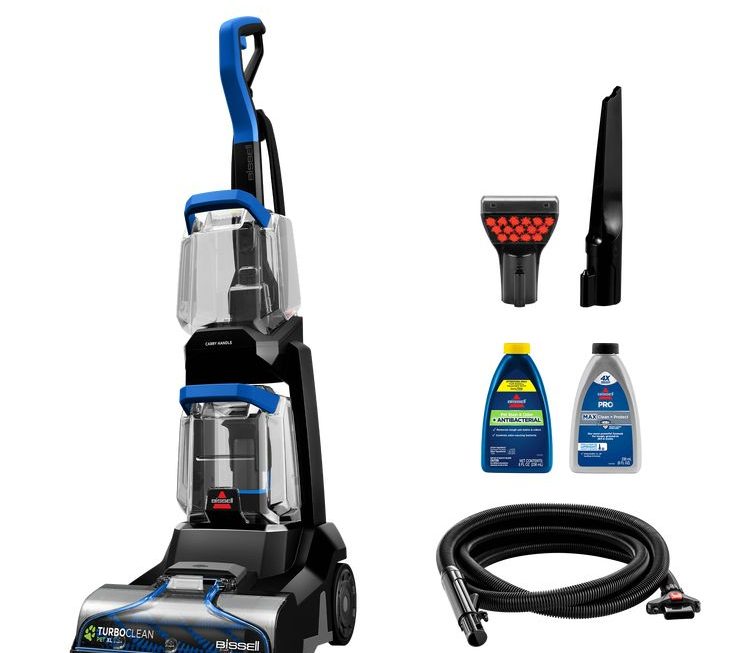Electric toothbrushes have revolutionized the way we take care of our teeth and gums. With their advanced cleaning mechanisms and innovative features, electric toothbrushes have become increasingly popular among individuals seeking efficient and thorough oral hygiene. However, with so many different types of electric toothbrushes available in the market, it can be challenging to determine which type is right for you. In this essay, we will explore the different types of electric toothbrushes and the factors to consider when choosing the right one.

Oscillating-Rotating Electric Toothbrushes
Oscillating-rotating electric toothbrushes have been around for many years and are the most common type of electric toothbrush available in the market. These toothbrushes have circular bristle heads that rotate and oscillate simultaneously, providing a thorough clean that reaches all tooth surfaces. Oscillating-rotating electric toothbrushes have been clinically proven to remove more plaque than manual toothbrushes and are recommended by dental professionals worldwide.
Sonic Electric Toothbrushes
Sonic electric toothbrushes are another type of electric toothbrush that utilizes high-frequency vibrations to clean teeth. These toothbrushes can vibrate up to 40,000 strokes per minute, creating a dynamic cleaning action that dislodges plaque and food particles from even hard-to-reach areas. Sonic electric toothbrushes have been shown to be effective in reducing gingivitis and promoting better gum health.
Ultrasonic Electric Toothbrushes
Ultrasonic electric toothbrushes are the newest type of electric toothbrush available in the market. These toothbrushes utilize ultrasonic waves that create tiny bubbles that clean teeth more effectively than other types of electric toothbrushes. Ultrasonic electric toothbrushes can vibrate up to 1.6 million strokes per minute, providing a deep, powerful clean that reaches even the most difficult areas of the mouth.
Factors to Consider When Choosing an Electric Toothbrush
When choosing an electric toothbrush, several factors need to be considered to ensure that you choose the right type for your specific oral health needs. These factors include:
1. Cleaning Mechanism
The cleaning mechanism of an electric toothbrush is one of the most crucial factors to consider. Oscillating-rotating, sonic, and ultrasonic electric toothbrushes use different cleaning mechanisms to clean teeth and promote good oral health. It is recommended to choose an electric toothbrush with a cleaning mechanism that suits your individual needs and preferences.
2. Pressure Sensor
A pressure sensor is another important factor to consider when choosing an electric toothbrush. Excessive pressure while brushing can damage the gums, causing gum sensitivity and recession. A pressure sensor in an electric toothbrush alerts users when they are applying too much force while brushing, ensuring that they brush gently and protect their gums.
3. Brushing Modes
Different electric toothbrushes come equipped with different brushing modes that cater to individual preferences and oral health needs. For example, sensitive mode is designed for individuals with sensitive teeth and gums, while deep clean mode is intended for those who require a more thorough clean. It is important to choose an electric toothbrush with brushing modes that suit your specific oral health needs.
4. Battery Life
The battery life of an electric toothbrush is an essential factor to consider. Some electric toothbrushes are rechargeable, while others use disposable batteries. It is recommended to choose an electric toothbrush with a battery life that suits your lifestyle and oral hygiene needs.
5. Cost
Electric toothbrushes are available at different price points, ranging from budget-friendly to high-end models. It is important to choose an electric toothbrush that fits your budget while still meeting your oral hygiene needs.
Conclusion
Electric toothbrushes have become an indispensable tool in promoting good oral health. Oscillating-rotating, sonic, and ultrasonic electric toothbrushes are the most common types of electric toothbrushes available in the market. When choosing an electric toothbrush, factors such as cleaning mechanisms, pressure sensors, brushing modes, battery life, and cost need to be considered. Ultimately, choosing the right type of electric toothbrush for your specific oral hygiene needs can significantly improve your overall oral health and help maintain a healthy and beautiful smile.
